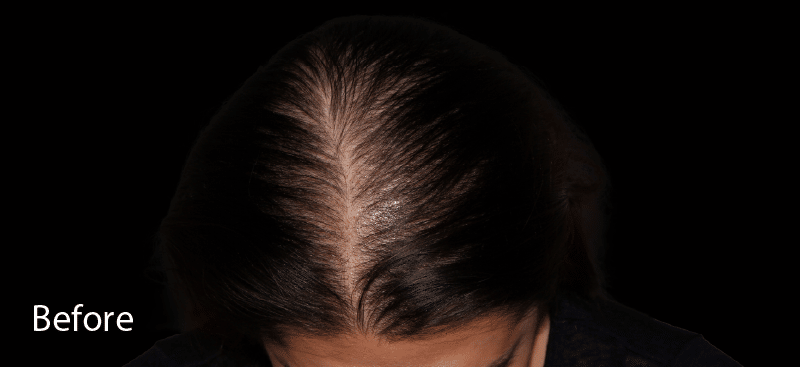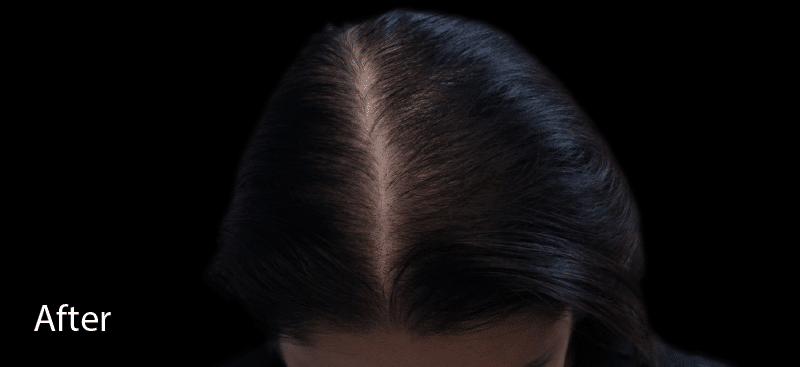- Treatments
Body Contouring & Skin Tightening
Hair Treatments
- Conditions
Acne
Cosmetic Concerns
Health & Wellness
Pain & Discomfort
Skin Laxity
Stubborn Fat
Uneven Skin Tone & Texture
- For Men
Injectables for Men
- Botox
- Dermal Fillers
- Non-Surgical Nose Jobs
- Jawline Reshaping
- Tired Eyes
Body Contouring and Skin Tightening for Men
Hair Treatments for Men
Men’s Health
- Medical Experts
- About
- Skin Care
- 中文
- Treatments
Body Contouring & Skin Tightening
Hair Treatments
- Conditions
Acne
Cosmetic Concerns
Health & Wellness
Pain & Discomfort
Skin Laxity
Stubborn Fat
Uneven Skin Tone & Texture
- For Men
Injectables for Men
- Botox
- Dermal Fillers
- Non-Surgical Nose Jobs
- Jawline Reshaping
- Tired Eyes
Body Contouring and Skin Tightening for Men
Hair Treatments for Men
Men’s Health
- Medical Experts
- About
- Skin Care
- 中文







